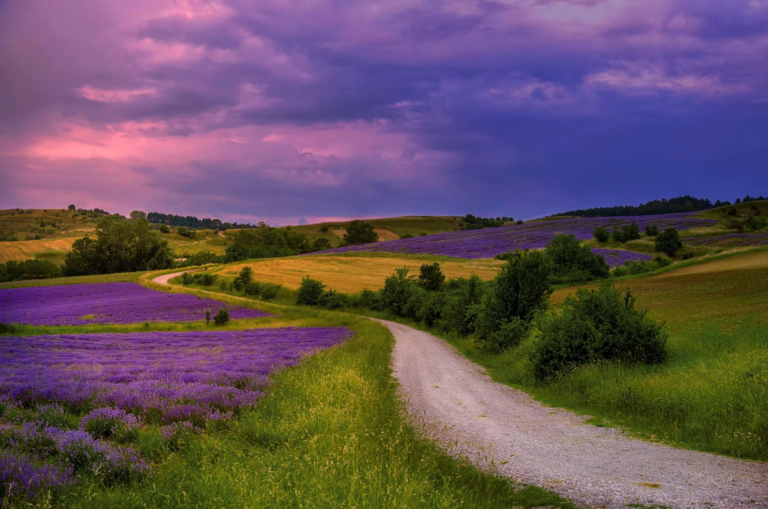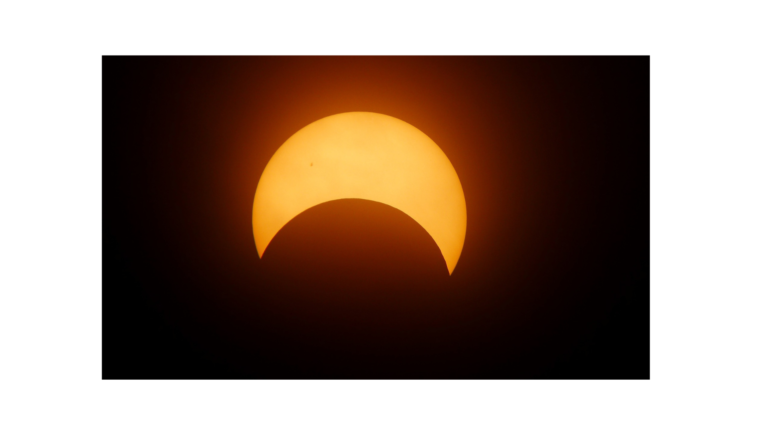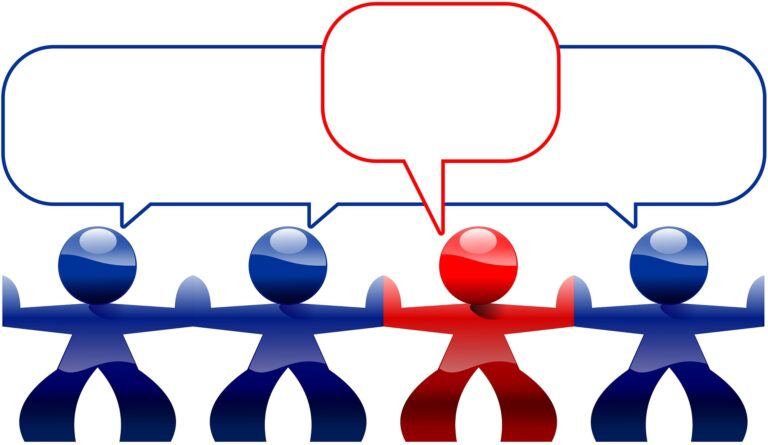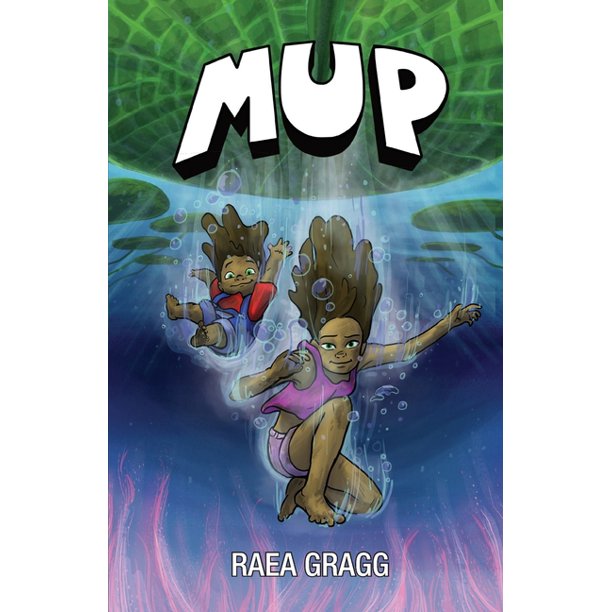
Today I have for you an interview with an author of graphic novels.
It’s always so interesting for me to learn about the creative process of other writers.
As I mentioned in a previous blog, I’m not generally a reader of graphic novels.
Maybe that’s some of you too?
Anyway, after talking with children’s librarians across the country, I decided to give them another try (see my July Public Library post).
There’s a reason kids are swarming to graphic novels—which are a fantastic way to engage voracious readers and hesitant readers alike.
The graphic novel I read is called Mup, written by Raea Gragg.
It’s an engaging story about a young girl (nicknamed Mup) and her readiness for adventure with her toy dinosaur.
Unfortunately, one bad wish sends Mup hurtling through time where she lands face-to-face with the person she never wanted to be: her future self—a sassy, snarky, boy-obsessed teenager.
In this future world, the health of Earth is threatened, and the two girls have to find the one thing that will ensure the planet’s survival.
They also have to find a way to reconcile their differences and appreciate who they will become and who they once were.
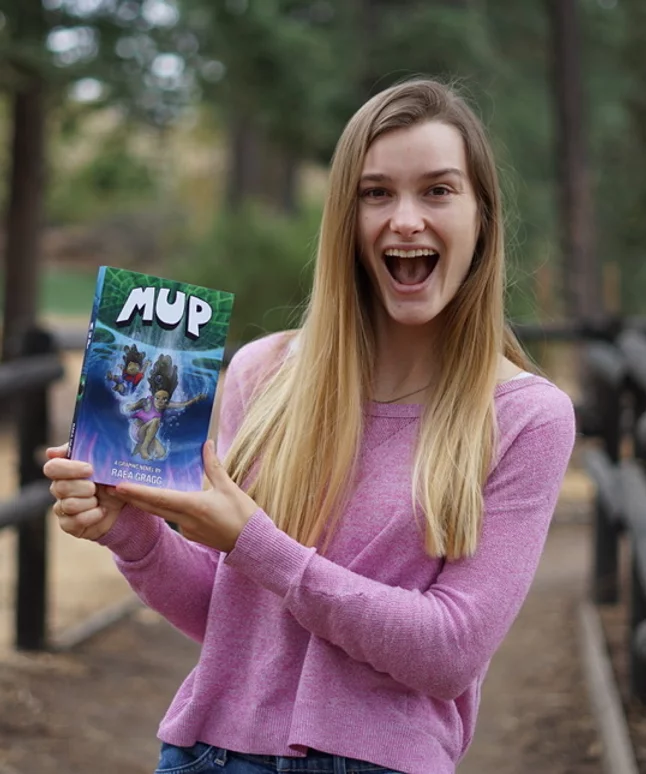
Thank you, Raea, for kindly letting me interview you.
I know I said I was only going to ask ten questions, but I was just so curious…so I went over that limit.
Gail: Set the scene for me. Where are you at the moment?
Raea Gragg: Right now, my 18-year-old cat Pumpkin is purring loudly in my face. He is my best buddy, my work assistant, but he mostly just assists in the cuddle department. He watched me learn how to read and he is watching me create my own books, so he really has been part of my journey of becoming an author.
G: What a great story! If only animals could talk. I’m sure he’d tell you how proud he is of all that you’ve accomplished since he came into your life. And you’re so young.
RG: I’m 24, but I’ve been writing and creating stories since I was 14. I have met a few authors who are younger than me, but not many. I guess we are far and few between in the book world.
Most content creators, illustrators and authors are much older. However, I don’t think age is a barrier to great storytelling. It’s true that I know more about creating a great story than I did when I was 14. Regardless, the “idea” for a story, that inspiration, can come regardless of how old you are. A brilliant idea can strike at any time. All it takes is picking up the skills to write a book. But without the idea, you have nothing.
As for graphic novels specifically, I was inspired by Tillie Walden and Nate Stevenson who were both young creators when they made their first graphic novels. They proved to me that it was possible to create a graphic novel at a young age.
G: You’re right, a brilliant idea can strike at any time, at any age. What was your first book?
RG: The first book I wrote was The Fox Trot in high school. It was a Young Adult
contemporary novel about a 16-year-old boy who navigates a mystery in his sleepy bayou town in Louisiana. The idea came out of nowhere and I sat down and started typing. I had this gut instinct that I needed to figure out who this boy was and what kind of trouble he was in. In fact, I didn’t know where I was going until I finished the last page. From the moment, I was hooked on storytelling.
I had originally planned on traditionally publishing it, but let’s be real—no one wanted to take on a 15-year-old’s first book. So I just went ahead and self-published online and ended up selling hundreds of copies. It was partially due to the fun I had creating it and the experience of having so many people read it that helped me grasp the idea that maybe I could create more stories. Soon to follow came another Young Adult novel and a bunch of illustrated children’s books during my time in high school.
G: That’s pretty brave of you. I really admire anyone who just goes for what they want. What was the inspiration for Mup?
RG: Feeling homesick in my college dorm room, sketchbook in hand, I kept thinking about my little sister, Muppy. I really missed her, and I kept thinking about all the adventures we had together growing up. She is both goofy and brilliant and I wanted to create a character using her wacky personality. Then, I just asked myself a simple question: What was I most afraid of as a kid? I remembered that the concept of growing up—of changing—really freaked me out. That’s how my character Mup was born, and Muppy was a good sport for letting me use her name!
G: I really do believe a lot of kids just don’t want to grow up for a bunch of reasons. Adulting is hard for one thing…even though it’s also freeing in many ways. There are so many things to navigate as we grow up, it can be overwhelming. Always has been. Look at Peter Pan! So you’ve said that you’ve written traditional novels. Which do you prefer? Graphic or traditional?
RG: I think of my two contemporary Young Adult novels as my “wordy” books (Something crazy like 90,000+ words.) Simply put: words are powerful. What traditional books can do is outstanding. But personally, ever since Mup, I can’t help it—I’ve fallen in love with graphic novels. Being able to illustrate your story with words and pictures is a dream. There is something truly magical about watching a story come to life visually.
I do have additional bias: I’m extremely dyslexic. (Which is wild considering I’m an author.) To this day, books that are completely filled with words are still a challenge for me to read. Which is the main reason why (at least for now) I’ve made the switch to graphic novels. I understand how younger readers—especially those with reading disabilities or who are reluctant readers—can enjoy a graphic novel and read it cover-to-cover without getting lost in piles of words. Countless kids have come forward to tell me Mup was the first book they ever read all on their own.
G: I can completely understand that. Do most authors of graphic novels both write and illustrate their books?
RG: Yes and no. Most graphic novels are created by a team of artists, editors, and writers. Often someone will write the script and multiple artists will create the art. Sometimes breaking it down from sketches, line art, character coloring, final coloring and lettering. Most creators who are both artist and writers will end up hiring someone to do the coloring just to speed things along. This is very typical for the industry. I can only think of a select few people who created their graphic novels or comics from start to finish without outside help as it’s very difficult to do all on your own.
I must admit that my handwriting is pretty terrible. I hired my mom to do the lettering in Mup. Overall, it took four years to create Mup, from the first script to the final piece of art since I didn’t have a team of creators.
G: Good old Mom! I didn’t realize how involved the whole process is. It looks like a lot of work to me! What’s your process? Story first then illustrations?
RG: Mup was my college thesis project. It was first and foremost homework. There was a lot of wiggle room for the project since no one from my program at school had ever created a graphic novel before. It started with an outline that turned into a script. A script that was meant to read like a feature film. From there, I spent a year and a half storyboarding it. (Storyboarding is like sketching out all the scenes.) It went through hundreds of story changes during that time, hundreds of edits. I have boxes full of storyboards that I tossed out while editing the story. Then finally I had a storyboard that I could work with. From there I decided to go digital, taught myself photoshop, then spent around three years painting hundreds of paintings. Adding in all the word bubbles came [after the painting process].
It was me having no idea what I was doing for four years and figuring it out as I went along, despite school being canceled due to Covid-19. But it was 100% worth it.
G: That’s what’s known as dedication. What are some of your favorite graphic novels?
RG: I grew up reading the Bone series by Jeff Smith. Big fan! But the truth? Everything. I love all graphic novels and comics. Plus, Marvel or DC content. Pretty much any graphic novel or comic, I’m a fan.
G: What sorts of projects are you currently working on?
RG: I’m currently working on Mup and the Mammoth which is my sequel to Mup. It will be coming out this fall. Very, very excited for this one.
G: Me too! Any plans for the future that you can share?
RG: All I can say is, expect to see more graphic novels, comics and books! I’m just getting started.
G: Any advice for kids who want to write and/or illustrate graphic novels?
RG: Absolutely, this is such a popular topic when I meet kids. If you want to write or illustrate your own graphic novels/comic books, then—start! I say a great place to start is to get out a pencil and paper and start drawing funny things and funny faces. Start asking yourself questions like “What if….” For instance, “What if…space monkeys invaded the dentist’s office?” Or you can even think about moments that have happened to you, and you can write and draw them out almost as if it was in a movie. If you need any other help, you can visit my website (www.raeagragg.com). I have a whole page dedicated to helping kids learn to create their own comics. You can also join me on YouTube and see some of my tutorials.
G: Fantastic! Thank you. Any final thoughts about graphic novels for parents and readers? Anything you wish people knew about graphic novels?
RG: That graphic novels ARE THE BEST. Graphic novels are powerful for kids who are struggling with reading or are reluctant readers. I hated books as a kid. But when I stumbled upon comics and graphic novels, I was hooked and have been an avid reader of traditional books and graphic novels ever since. I have seen it work with so many kids who read Mup, and I know that graphic novels are life-changing for kids.
G: Thank you so, so much! What a fantastic chat. Thank you for being open with your own struggles and with the whole process of writing graphic novels. You’ve changed my mind about reading them, that’s for sure. And isn’t that what all authors want? To get people to drop into a good book and keep on going. I wish you all kinds of success, Raea.
Check out Raea’s books…and if you know someone who would enjoy this interview, feel free to
share it with them.
Before you go, don’t forget to sign up for my mailing list, below:

